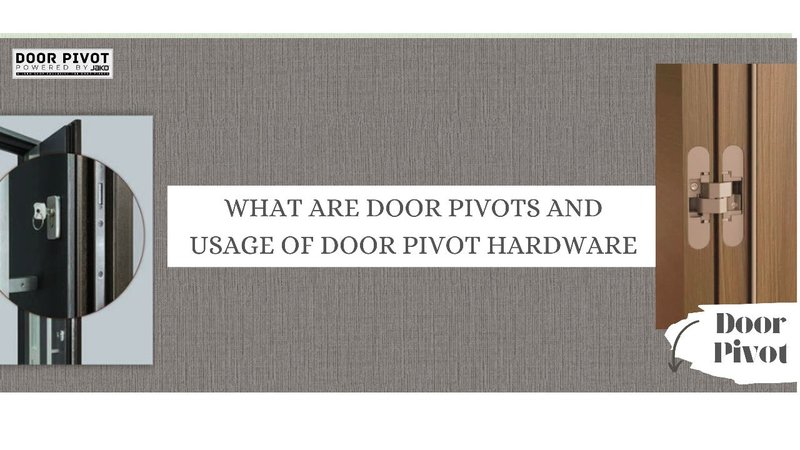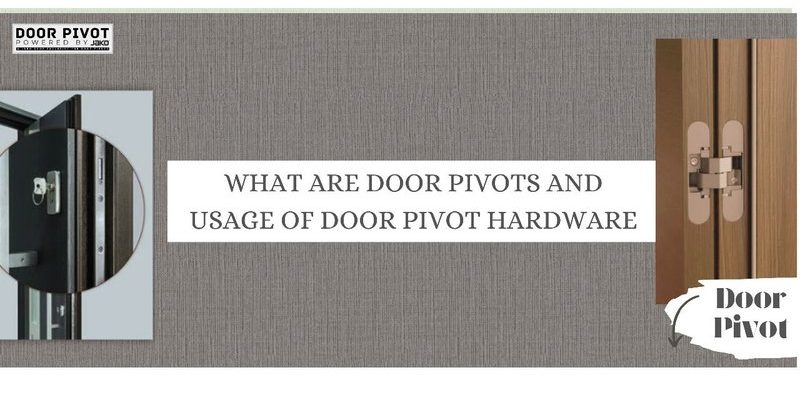
This article will walk you through fixing an interior pivot door hardware issue, specifically focusing on the *Pivotal* brand. Whether you’re an experienced DIY-er or just starting out, we’ll break down the steps you need to take to get your door swinging smoothly again. Let’s dive in and make sure your pivot door works like a charm!
Identifying the Problem with Your Pivot Door
Before you can fix the issue, you need to understand what’s causing it. *Pivotal* pivot doors can face a few common hardware troubles, such as misalignment or sticking due to debris. To figure out the problem, start by observing how the door behaves.
First, try to close the door slowly and see where it hesitates. Does it catch on the frame? Is there a gap at the top or bottom? This can indicate that the door is misaligned. Another thing to check is the pivot hardware itself. If it’s loose or worn out, it could affect the door’s movement.
Lastly, look for any debris or dust around the pivot. Sometimes, a quick clean can make all the difference. You might think your door just needs a little love and attention, and you’d be right!
Gathering Your Tools
Now that you’ve identified the issue, it’s time to gather your tools. Don’t worry; this doesn’t require a full toolbox. Here’s what you’ll need:
- Phillips screwdriver: For tightening screws.
- Level: To ensure the door is aligned correctly.
- Wooden shim: Useful for adjusting the door’s height.
- Cleaning cloth: To wipe down the pivot mechanism.
Once you have these tools on hand, you can move on to the troubleshooting and repair steps. Having everything ready before you start will make the process smoother. It’s a bit like prepping all your ingredients before cooking a meal; it saves you a lot of time and hassle later on.
Tightening the Pivot Hardware
A common reason for a *Pivotal* pivot door not functioning properly is loose hardware. If your door is wobbling or not closing correctly, it’s time to grab that screwdriver.
1. Start by locating the pivot points at the top and bottom of the door.
2. Check for any screws that might have come loose.
3. Use your screwdriver to tighten them, but be careful not to overdo it. You don’t want to strip the screws.
If you notice that the door is still misaligned even after tightening the screws, it’s possible that the actual pivot hardware might need adjusting. This brings us to the next step.
Adjusting the Door Alignment
Once you’ve tightened everything, you may still need to make a few adjustments to get that door just right. Here’s how to go about it:
1. Check the Level: Place your level against the door. If it’s off, that’s your cue that adjustments are needed.
2. Use Shims: If the door is too low on one side, slip a wooden shim underneath the pivot to raise it slightly.
3. Test the Fit: After making adjustments, try closing the door again. Does it glide better?
Don’t be discouraged if it takes a few tries; adjustments can often be trial and error. Think of it as tuning a musical instrument; sometimes you just need to tweak it a bit to get the perfect sound.
Cleaning the Pivot Mechanism
Sometimes, doors stick simply because they are dirty. A clean pivot mechanism can work wonders. Here’s how to clean yours up:
1. Wipe Down the Area: Take your cleaning cloth and gently wipe around the pivot points.
2. Check for Obstructions: Look for any debris or dirt that might be getting in the way.
3. Lubricate if Necessary: If it seems stiff, use a silicone-based lubricant. Avoid oil-based products, as they can attract more dust and grime.
Keeping the pivot mechanism clean helps move smoothly and helps prolong the life of the hardware. Many people forget this step, but it’s essential for maintenance—think of it as giving your door a little spa day!
Testing the Door Functionality
Once you’ve tightened the hardware, adjusted the alignment, and cleaned the mechanism, it’s time to test your work. Open and close the door several times, paying attention to how it swings.
– Does it close softly?
– Is there any sticking?
– Do you hear any strange noises?
If everything feels right, congratulations! You’ve likely fixed your *Pivotal* pivot door hardware issue. If not, don’t fret. Sometimes, issues can be more complex, and it might be worth consulting with a professional. Sometimes a second opinion can save you time and effort.
When to Call in a Professional
If you’ve followed all these steps and your door is still giving you trouble, it might be time to reach out for some help. A professional can dive deeper into the problem, particularly if it involves the door’s frame or structure.
– Consider having a pro check for any damage that’s not visible to the eye.
– If the door was recently installed and has issues, the installer may provide a warranty service.
It’s always better to be safe than sorry when it comes to structural issues. Plus, if you’re not comfortable tackling repairs, a pro can get your door working smoothly without any fuss.
In conclusion, fixing a specific type of interior pivot door hardware issue can be a straightforward process if you take it step by step. By identifying the problem, gathering the right tools, tightening hardware, adjusting alignment, and cleaning the pivot mechanism, you can give your door new life. And if all else fails, don’t hesitate to call in professional help. Remember, keeping your door in working order not only enhances the look of your home but also adds to its functionality.
